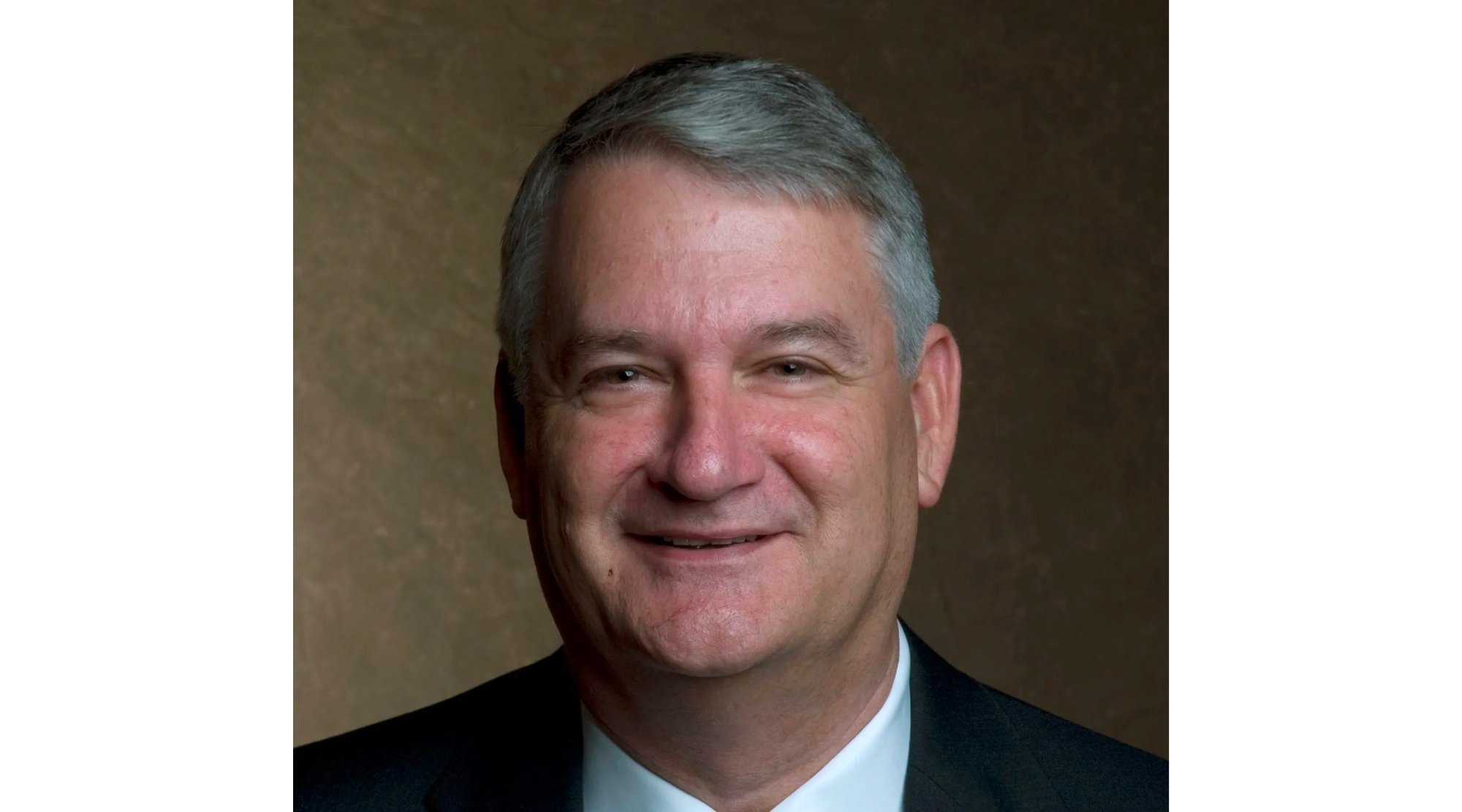Prague, the city of 100 spires
Published 5:09 pm Tuesday, August 18, 2015
The distance from Donalsonville to Prague, Czech Republic is 4,982 miles. You can imagine my surprise when the very first people Mary Lou & I met upon our arrival were Auburn graduates that lived in nearby Albany. Sometimes the world is truly an amazing small place.
Prague is a grand city, with a rich history spanning over one thousand years. Even within the past 75 years, Prague has been occupied by both the Nazis and the Communists. Yet the architectural wonders of the city, going back for centuries, have largely survived intact.
The “old city” has narrow, winding streets with homes of three and four stories built against each other. A street may not be much wider than the driveway at our home, but traffic moves in both directions, weaving through and around the people walking in the same space.
You know a city is really old when the “new city” part was begun in the 14th century. That is 150 years before Columbus discovered American. Many of the buildings and homes from this time still survive.
Tourists and locals alike gather in front of the famous Astronomical Cloak, dutifully keeping time for over 600 years. The clock’s only significant time of being non-operational was at the end of World War II, when the Nazis set fire to cars around the clock tower. By 1948, the clock had been restored and draws crowds from around the world.
The Prague Castle is the largest in Europe, with over 2,000 rooms. The palace is enough that the largest church in Prague, the Gothic cathedral known as St. Vitas’ Cathedral, is built within its walls. For over 900 years, the palace has been the home of the government. The President and Prime Minister both have offices within the Palace.
The Nazi legacy from their occupation of Prague is tragic. At one time one of the largest Jewish populations in Europe, less than one thousand Jews remained in the city. Around 80,000 Jews in Prague died or escaped during World War II.
Prague, and Czechoslovakia, were Communists during much of my life. They welcomed the Russians, who liberated the city, in the aftermath of the Nazi terror. However, by 1948, the city and country were firmly under the communist rule and influence of the Soviet Union. It remained that way until 1989.
There is little architecture of that era because the communists didn’t really have much money. The few buildings built, were very functional and plain, devoid of the flourishing architecture present in the city’s past.
We have found the food to be quite good, although usually prepared differently than we are used to. Thanks to the strong US Dollar, everything is very inexpensive. The language is very hard to understand, but most people have a passing understanding of English. The country has its own currency, not the Euro, which also takes a bit of getting used to, but is part of the fun.
We have heard great things about Prague in the past 20 years. Our visit has not disappointed. Where else could you dine in the private home of the family that sponsored Beethoven, while at the same time text with your friends back home over the Internet?
It is a city with more history than most Americans can fathom, but still has a charm that makes you feel welcome. Our last night in the city, we gazed from the top of our hotel and saw the lit steeples across the city. Despite communism, it is still known, appropriately so, as the City of 100 Spires.


